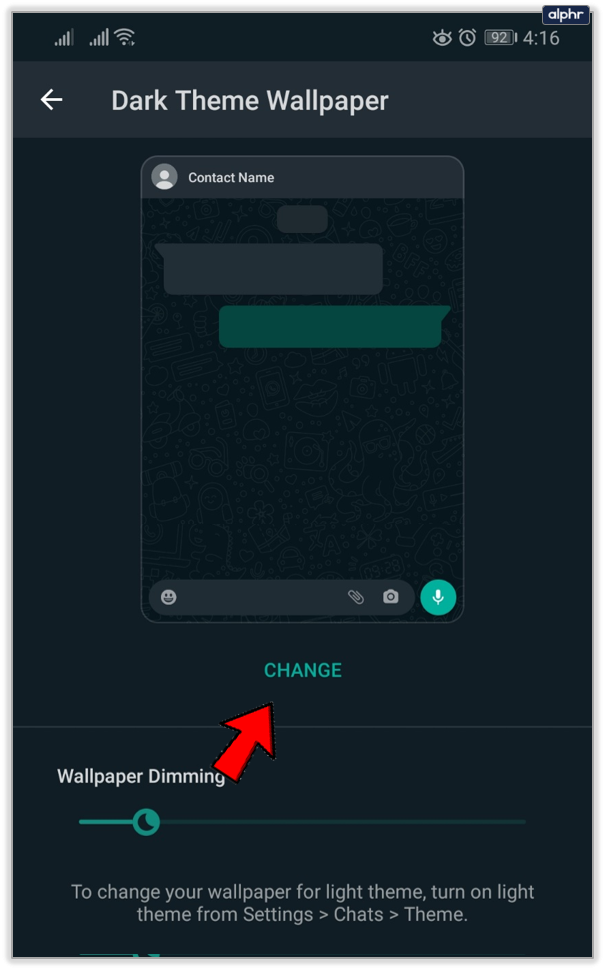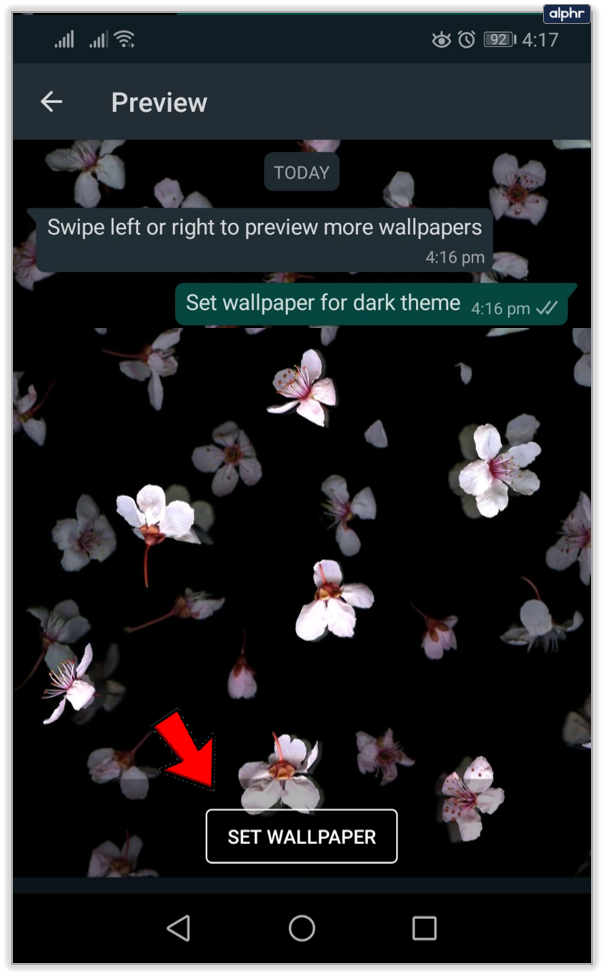WhatsApp is one of the most popular messaging and video calling apps in the world. Light, with great features, and a user-friendly interface, most likely you or someone you know is currently using it.
What’s cool about WhatsApp is that It can also be customized to fit a user’s personality. Changing the background of your chats is one of any number of great features available. .What’s more, it’s really easy to do. Read on for all the tips and tricks you need to know.
Changing the Background
If you’re someone who uses WhatsApp every day, it’s perfectly reasonable to change things up from time to time. And there are several ways you can do that. The easiest one is to change the wallpaper or background of your chats.
WhatsApp has created several options here. You can pick a solid color from their selection, add a photo from your phone’s gallery, or use an official WhatsApp wallpaper app to download several really awesome background images. All you need to do is follow these steps:
- Launch WhatsApp and tap on the Menu (three vertical dots in the right upper corner of the screen).

- From the drop-down menu, tap on “Settings.”

- Now tap on “Chats.”

- On the very top of the screen, tap on “Wallpaper.”

- . Tap on “Change.”

- Select the wallpaper you want and select “Set Wallpaper.”

Now your new background will show up in all your chats. It’s that simple. It’s also important to note that you can always select to have no wallpaper or to go back to the default background you have when you first install WhatsApp.
WhatsApp Wallpaper App
In the early days of WhatsApp, there weren’t as many options when it came to background choices. You couldn’t use images from your own gallery as a background, for example. And if you wanted extra wallpapers, you had to download a separate app altogether. The app was released back in 2011 and has since had only one update.
So, there aren’t many options to choose from, but those are the backgrounds most associated with WhatsApp. It’s called simply WhatsApp Wallpaper, and you can download it from Play Store and App Store. To use these backgrounds, all you need to do is install the app and then relaunch WhatsApp.

There are other apps you can use to get some fantastic background images for your WhatsApp chats. The process is pretty similar to one when you’re looking for great background images for your phone’s home screen. But it’s not exactly the same.
WhatsApp wallpapers should fit with the text and not overshadow it. Therefore, it’s probably best to stick to cool patterns and colors. You can check out this page and this one if you need some good images for your WhatsApp background.

How to Make Other Changes
What are some other things you might feel inclined to change on WhatsApp from time to time? Well, you might want to change your profile picture quite often. If you use WhatsApp all the time, changing your image is almost like posting new photos for your friends to see. But how exactly do you do that? Just follow these steps:
- Open WhatsApp and go to the Main menu (three dots).

- Tap on “Settings”.

- At the very top, you’ll see your name and current picture, or no picture. Tap on the picture.

- To change the image, tap on the little camera icon at the bottom of the image.

- Now either choose a photo from your gallery or take a new picture. You can also just remove the current photo.

- If you select a photo from the gallery, you’ll be prompted to crop and edit before you set it.

Your entire WhatsApp profile, not just the picture, doesn’t have to be set in stone. You can always alter it. You can change your name, phone number, and there’s even room to write a little bit about yourself. Or you can just add an emoji that describes you well.

Also, when it comes to WhatsApp conversations, apart from the background, you can change the size of the font of your messages. This change will affect both the messages from the sender and yours. It’s a helpful tool and can further help customize your WhatsApp chats. Just follow this route Menu>Settings>Chats>Font Size. You can choose between Small, Medium, and large.

Change the Background Keep the App
WhatsApp’s popularity only continues to grow. The app is completely international now, and keeps getting more users every day. Many people love it because it keeps things simple, and doesn’t have too many flashy add-ons. But if you want to change the background, you can. Simply upload your sleeping pet’s photo, or just keep to the familiar WhatsApp patterns.
What kind of WhatsApp background do you have? Let us know about your favorites in the comments section below.
Disclaimer: Some pages on this site may include an affiliate link. This does not effect our editorial in any way.


















